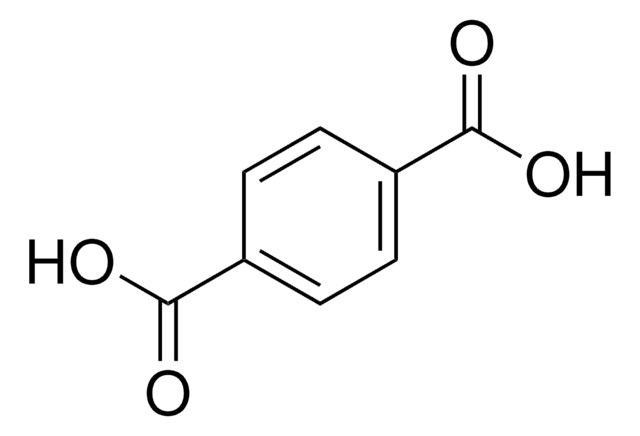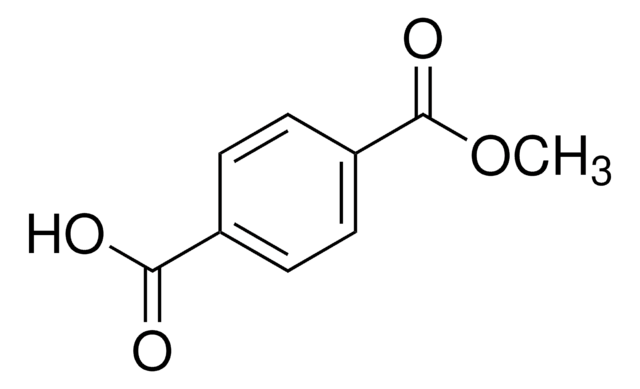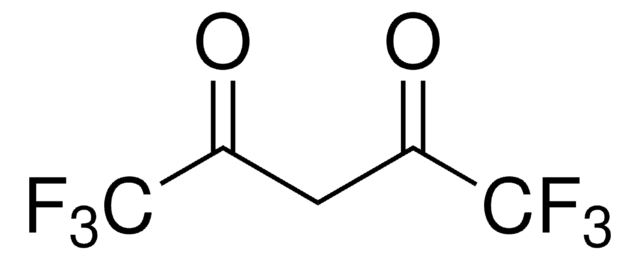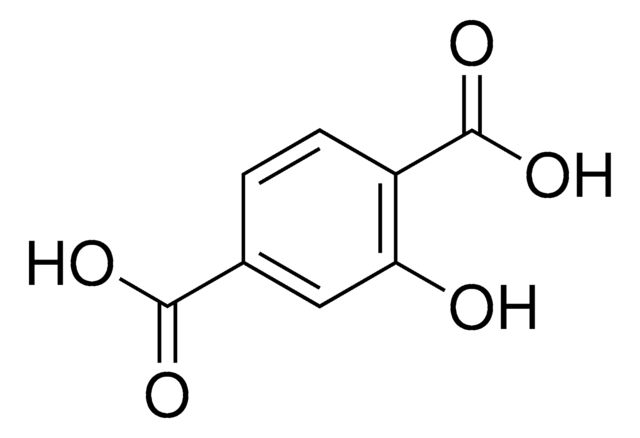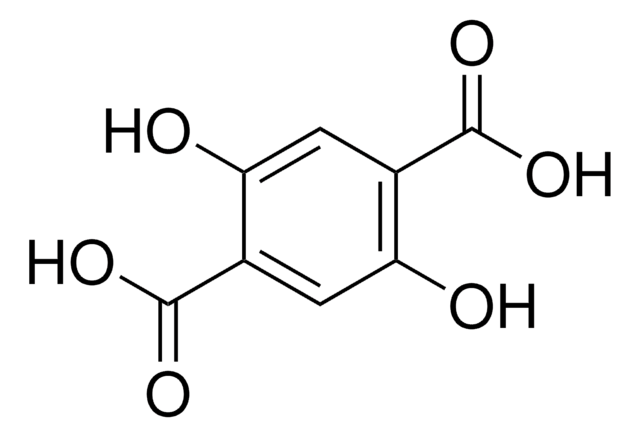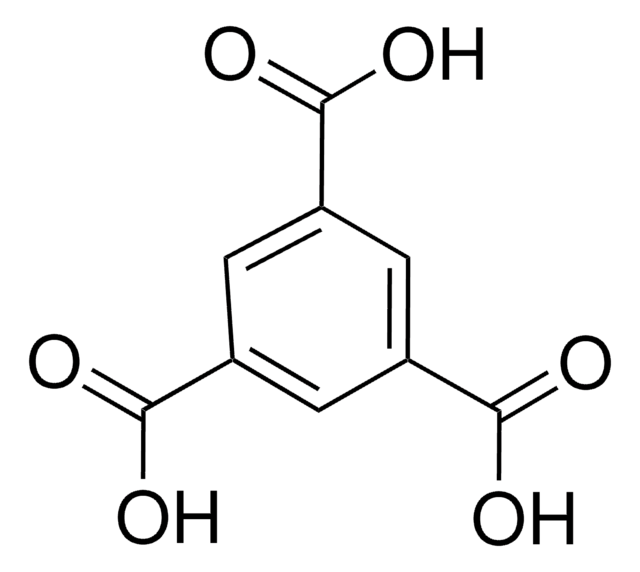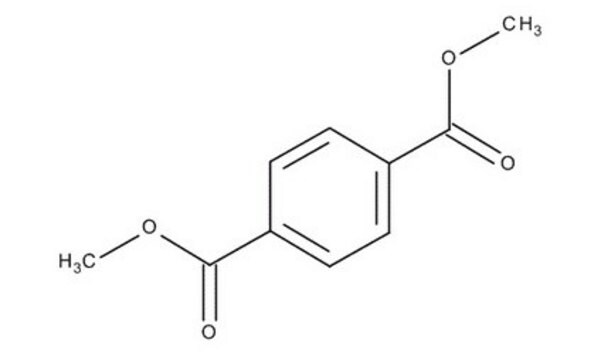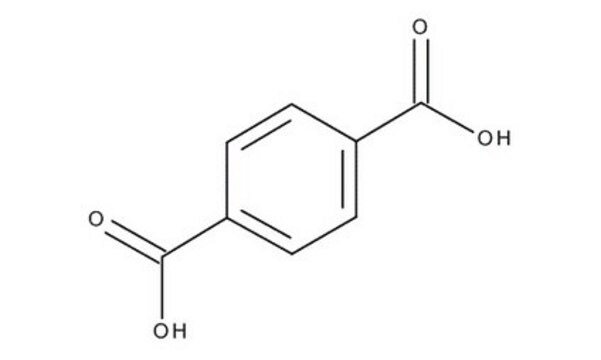Kluczowe dokumenty
465151
Bis(2-hydroxyethyl) terephthalate
Synonim(y):
Bis(β-hydroxyethyl) terephthalate, Bis(2-hydroxyethyl) terephthalate, Bis(ethylene glycol) terephthalate, Bis(hydroxyethyl) terephthalate, Terephthalic acid diethylene glycol ester
About This Item
Polecane produkty
Formularz
solid
Poziom jakości
mp
106-109 °C (lit.)
ciąg SMILES
OCCOC(=O)c1ccc(cc1)C(=O)OCCO
InChI
1S/C12H14O6/c13-5-7-17-11(15)9-1-2-10(4-3-9)12(16)18-8-6-14/h1-4,13-14H,5-8H2
Klucz InChI
QPKOBORKPHRBPS-UHFFFAOYSA-N
Powiązane kategorie
Opis ogólny
Zastosowanie
Kod klasy składowania
11 - Combustible Solids
Klasa zagrożenia wodnego (WGK)
WGK 3
Temperatura zapłonu (°F)
Not applicable
Temperatura zapłonu (°C)
Not applicable
Środki ochrony indywidualnej
Eyeshields, Gloves, type N95 (US)
Wybierz jedną z najnowszych wersji:
Masz już ten produkt?
Dokumenty związane z niedawno zakupionymi produktami zostały zamieszczone w Bibliotece dokumentów.
Klienci oglądali również te produkty
Global Trade Item Number
| SKU | GTIN |
|---|---|
| 465151-100G | 4061832356877 |
| 465151-500G | 4061832356891 |
Nasz zespół naukowców ma doświadczenie we wszystkich obszarach badań, w tym w naukach przyrodniczych, materiałoznawstwie, syntezie chemicznej, chromatografii, analityce i wielu innych dziedzinach.
Skontaktuj się z zespołem ds. pomocy technicznej